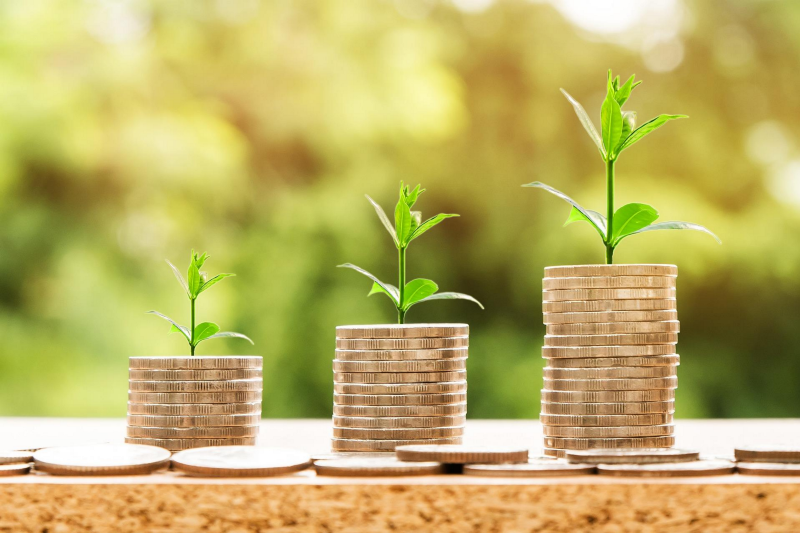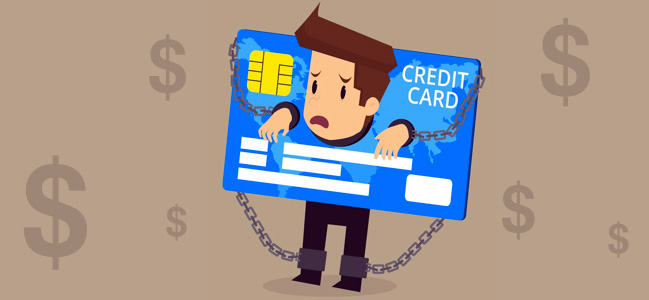Credit Conversations: Maria
This post is part of Bloom Economic Research Division series: Credit Conversations. BERD’s mission is to open source our learnings, research and interviews to create a more inclusive, global, personal credit system.
This new series “Credit Conversations” will be more than numbers and data. We will be going on the ground, across the world, highlighting deeply personal stories that reflect a raw and holistic view of credit. This series features interviews with people on their diverse experiences and life journeys, raising awareness how credit impacts all of us.
Introducing Maria
This week, we share insights from our conversations with Maria*, an officer at a Southern California metropolitan transportation office. She shares her unique perspective in building credit from a young age and her stories in learning how to navigate an opaque credit system with little financial education. She immigrated from El Salvador to the United States at 16 and experienced first hand the struggles of building credit. In this article, she reminisces about her early experiences with paying off debt, buying her first car, and what she wishes she knew as a young adult about building credit.
Building Credit in America

Credit history is something that consumers establish over the course of a lifetime. It can be challenging to build up your history from scratch. Understandably, this problem of limited credit history is more concentrated among the young. Maria shares with us her experience in attempting to build credit at a young age.
Maria knew she had to start somewhere, so she started by opening up her first credit card. However, she struggled to budget it properly. She shares, “When I was 20, I got excited and got my first credit card. My credit limit was $1000 and I maxed out the card immediately.”
In order to become financially secure and credit visible, you need to build your credit score. While Maria started early, building credit is still something that many struggle with in this country. In a study released by the Consumer Financial Protection Bureau, 45 million Americans are living without a credit score. Their studies estimate that this is broken into two segments. The first is a group of 19.4 million Americans that have credit records that cannot be scored. These are primarily comprised of consumers with credit records that either don’t have enough information or don’t have up-to-date information, leaving them unscored. The remaining 26 million Americans, are credit invisible, meaning they do not have any credit history at all with one of the three nationwide credit reporting companies.
This lack of credit score visibility is preventing millions from building a life of financial freedom that allows them to pursue and achieve their goals. For example, a credit score is needed to qualify for a mortgage or car loan. For recent immigrants, even “simple” things like obtaining a cell phone plan or setting up a utility bill can be challenging due to hurdles. FICO calculates a credit score based on payments history, amount you owe, length of credit history, new credit opened, and types of credit you have. In the U.S., the simplest way to start building credit is to open a low limit credit card.
A few of products that are helpful in establishing or building your credit:
- Secured credit cards: You apply for this card like a traditional credit card and deposit a small amount of money upon approval. The bank then holds onto this deposit and extends you a credit line matching the deposit amount that you made. You can build credit with its use, as banks typically report card activity to the credit reporting companies. Many secured cards also include a “graduation” component, so you are able to move from a secured card to a traditional credit card seamlessly after establishing a pattern of consistent payments.
- Credit builder loans: Credit unions deposit a small “loan” into a locked savings account and you pay back with smaller payments over a period of time. These payments are then reported to the credit reporting companies. Once you come to the end of the loan term, you receive the accumulated money back in total. These loans often have the dual benefit of building credit and savings.
- Retail store credit cards: Many gas stations, department stores or retail chains offer credit cards. These cards tend to be easier to obtain and typically offer lower credit lines, which is a helpful first step when building up a thin or nonexistent credit record.
Credit Card Debt

According to Experian’s State of Credit report and other studies, the average American has an average credit card balance just north of $5,000. Maria highlighted the challenges that she faced when it came to high interest rates. High interest rates mean that it may take much longer to pay off the balance. Over time, this could even result in the consumer paying nearly double the amount originally owed, not to mention the long-term effects on your credit score if payments are missed. She shares, “I couldn’t pay [the balance] back because of the high 23% interest rate. I tried paying the minimum payment every month, but it didn’t work — I just ended up paying more and more for interest.”
“I had my first child at age 17 and I started working when I was 18. I worked for a factory and I also cleaned houses on the side. But it was so hard to have any savings. After a couple of years, I needed to buy groceries, pay for gas and support my family, but I didn’t have enough money so I had to use my credit card. It’s not that I liked using money I didn’t have, but I needed to cover the essentials for my family.”
Looking back, Maria wishes that she understood earlier the impact that credit card debt had on her credit score. “And that’s the thing. When you mess up your credit, it’s hard to get it back. I made this mistake when I was younger, but I got older and I learned.”
The Role of Financial Literacy
Due to her experiences, Maria now heavily emphasizes the importance of being informed when it comes to key financial decisions. She struggled as there were few resources that she could turn to for better understanding financial literacy when she first moved to the country. She explains, “In El Salvador, there is a credit system, but I was little and too young to understand what was going on. My grandma was the one who completed the house paperwork and got a loan. I just knew that if you didn’t make your payments on time, you could lose the house.” With the rise of the internet and now wider proliferation of information, there are more resources today that are readily available that can help individuals understand how credit works and how to avoid debt.
Yet, there is still much to be improved when it comes to financial literacy. It’s critically important to educate consumers as early as possible and empower them with the knowledge and skills needed to become financially responsible adults. Only 17 states in the US education system require high school students to take a course in personal finance. Maria describes that she had little knowledge to build off of regarding the importance of credit, some of which she was surprised to find was was incorrect. She describes the information her mom gave her on credit cards, “I didn’t know much because my parents didn’t teach me. They said to be careful and not to use credit cards. They said it was better to have a good job and use cash to pay for what I needed.”
Over the years, Maria learned how to manage finances and educated herself on financial planning. But it was a rocky beginning.
Maria tells us that four years after opening her credit card, “I tried to get a new car, but the banks wouldn’t give me a loan. However, I needed a car so I said ‘whatever’ and I got a used car with a 26% interest rate. The car payments were $400 every month. The sad thing is the car cost $24,000, but over time, I ended up paying $34,000 with interest.”
Maria reflects “If you want a car, the banks aren’t going to give you a loan automatically. If you don’t have sufficient history, they’ll tell you that you need a cosigner because you don’t have credit history.”
Bloom aims to bring financial access to more people around world, through a decentralized credit system. Financial literacy is one of the biggest barriers for those who remain credit invisible. Through BERD, we promote education and support transparency by open-sourcing research on credit.
Our new series “Credit Conversations” shares the humanity surrounding credit and highlights diverse experiences. If you would like to be featured, please email us at team@bloom.co with the subject “Credit Conversation”.
*Names have been changed to protect the privacy of individuals.

